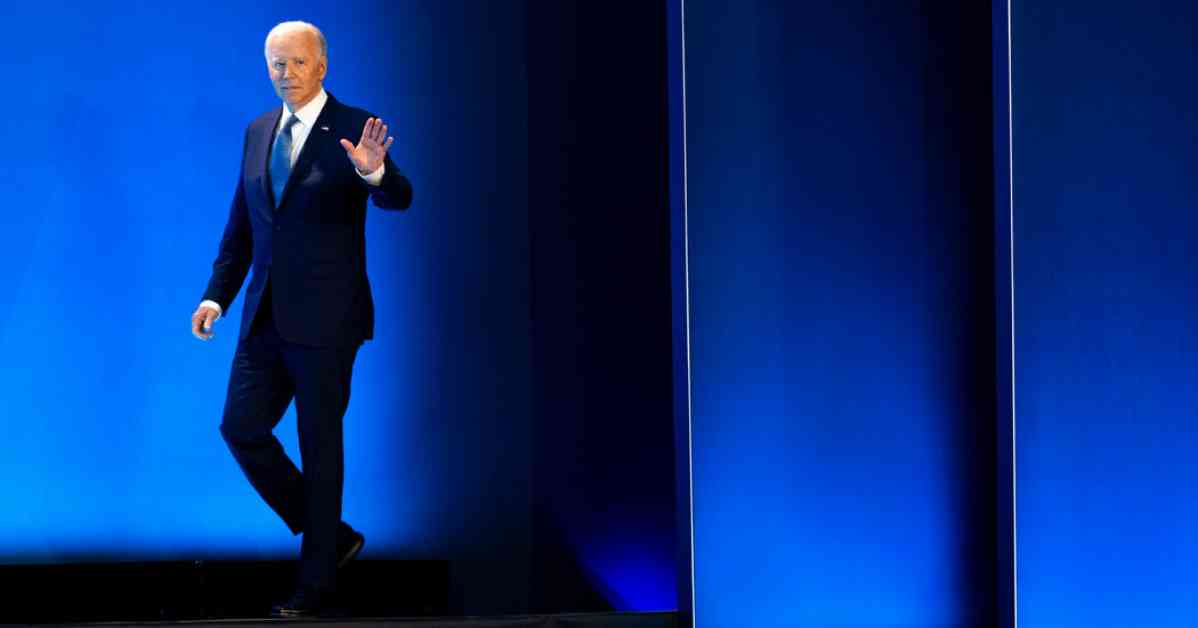President Biden faced a critical moment in his presidency as he engaged with reporters in an unscripted news conference at the end of a three-day NATO summit. His performance during this event would be closely watched by his allies, doubters, and enemies, who were looking for any signs of weakness or hesitation.
The fact that President Biden agreed to hold this news conference highlighted the pressure he was under to prove that his previous shaky debate with former President Donald J. Trump was an anomaly. With fewer news conferences under his belt compared to past presidents, there was a growing expectation for him to be more transparent and accessible to the press.
The length of time President Biden spent at the lectern and the number of questions he fielded were seen as key indicators of his performance. A swift exit or reluctance to engage with reporters could fuel concerns about his stamina and ability to handle tough questioning.
Despite the lack of information on how the president was preparing for the news conference, it was clear that the event would be closely monitored by the public and the media. President Biden’s ability to handle unscripted interactions and address pressing issues would be crucial in shaping public perception of his leadership.
As the news conference unfolded, all eyes were on President Biden as he navigated through questions and addressed various topics. His responses would not only impact his standing with the American people but also influence the narrative surrounding his presidency.
Overall, the news conference represented a significant moment for the Biden administration, offering a glimpse into the president’s ability to lead, communicate, and connect with the public. The stakes were high, and the outcome of this event would undoubtedly shape the political landscape in the days and weeks to come.




